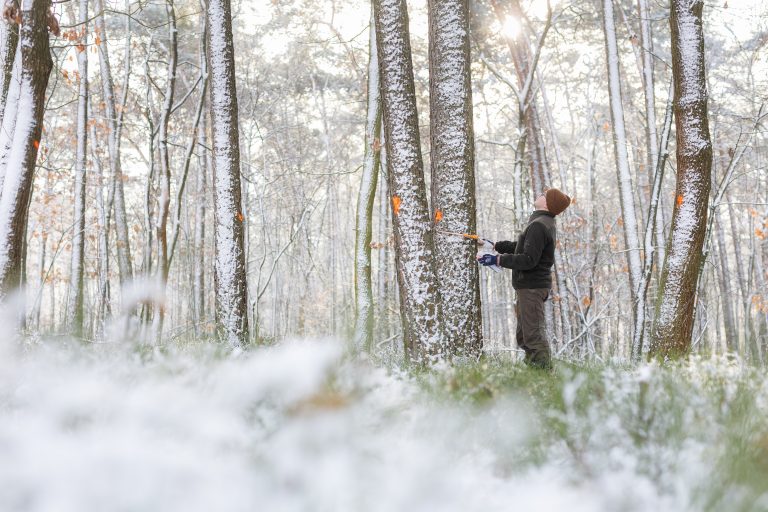We have taken another step towards analyzing and reducing our environmental impact. As part of the “Carbon Forests” project, we have begun calculating the carbon footprint of wood raw material – a key product and the primary source of revenue for our organization. This is a responsible undertaking:
“Although as State Forests we are not required to calculate the carbon footprint of our products, as a responsible enterprise aware of changes in our environment, we have decided to take this step in response to the needs of our business partners and the growing expectations of consumers,” comments Witold Koss, Director General of State Forests.

The obligation to calculate the carbon footprint in the European Union is closely linked to the Corporate Sustainability Reporting Directive (CSRD), which mandates sustainability reporting for companies meeting specific criteria. While this directive primarily focuses on organizational-level reporting rather than specific products, calculating the carbon footprint of products may be necessary for companies to fully account for emissions in their reports. This requirement has been in effect since January 1, 2024, and its scope expands each year.
This situation increasingly applies to wood buyers who are part of the supply chain of companies subject to emission reporting obligations. Introducing such analyses is a natural step toward transparency and climate responsibility. Growing environmental awareness among consumers encourages companies to voluntarily calculate and publish the carbon footprint of their products as part of their sustainability strategy and competitive advantage.
State Forests are the main supplier of wood in Poland. The origin, harvesting methods, and physical properties of the raw material make it the most natural and environmentally friendly material, used on a massive scale. Wood and wood-based materials are present in nearly every aspect of our lives, from construction and processing to medicine, textiles, and the food industry. Every year, State Forests harvest approximately 40 million m³ of wood. This includes both large-sized assortments, which are used to produce the strongest building materials, and medium-sized assortments, used for window joinery, furniture, smaller items, and paper production.
The carbon footprint calculation will cover the 10 most significant assortments sold by State Forests.
Stages and Scope of the Carbon Footprint Calculation Process
The entire process will take several months and will consist of several stages, including:
Preliminary analysis – selecting specific assortments for which the carbon footprint will be calculated.
Defining the scope and boundaries of the analysis – specifying which processes will be included in the calculations.
Developing the methodology for the entire process.
Performing the actual carbon footprint calculations for different product types.
Preparing the final report – a document that defines the carbon footprint of wood at each stage of its life cycle.
The calculations will be carried out by Bureau Veritas Poland – a global leader in certification, inspection, and testing. This organization has extensive experience in verifying non-financial reports and assessing carbon footprints.
“Calculating a product’s carbon footprint enables the identification of emission sources at various stages of its life cycle, from ‘cradle to gate’ or ‘cradle to grave’ (covering the entire life cycle of products). In the ongoing wood analysis, the carbon footprint calculations will focus on processes related to raw material extraction, product manufacturing, with particular emphasis on media consumption and waste generation, as well as transportation. The analysis will therefore cover emissions throughout the ‘cradle to gate’ cycle,” explains Katarzyna Polikowska, Sustainability Manager at Bureau Veritas Poland.
The carbon footprint will be measured in t CO₂e (tons of CO₂ equivalent), and the calculations will include two key scopes:
Cradle to Gate – covering the entire process from wood harvesting and transportation to product manufacturing.
Cradle to Grave – including all processes from the first scope as well as distribution, usage, and product disposal.
In the current collaboration between State Forests and Bureau Veritas Poland, only the Cradle to Gate scope will be calculated.
Starting the calculation of the carbon footprint of wood raw material is another step toward a deeper understanding of how forestry management impacts the climate and increasing its transparency. With this knowledge, we will be able to implement best practices across all areas of our operations, from building management to specific solutions related to forest management.

The implementation of new initiatives within the “Carbon Forests” project, including determining the carbon footprint, is planned until 2055. However, the obtained solutions will be implemented on an ongoing basis and will remain in place for years to come.
We will provide updates on the results of the carbon footprint calculations as they become available.
